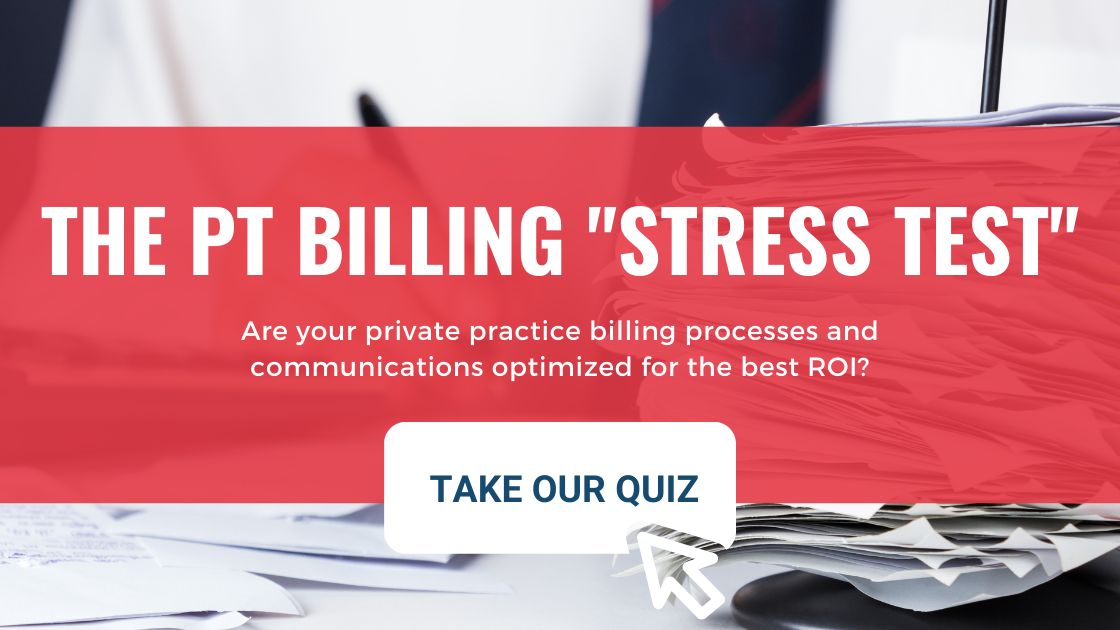In 2021 alone, insurance companies denied 17% of in-network claims, according to the U.S. Pirg Education Fund. Healthcare compliance is key if you want to keep your physical therapy practice’s billing department running smoothly. Understanding billing regulations and credentialing standards helps your PT practice steer clear of audits, delayed payments, lawsuits, and more.
Learning how to stay compliant with billing and credentialing is vital for your practice and patients. At MEG Business, we have over 25 years of experience helping PT clinics become the top 10% of private practices in the U.S. Below, we discuss compliance strategies your practice can try to streamline billing and credentialing.
Compliance Issues and Common Mistakes in the PT Industry
Many new private practices may face common challenges in healthcare credentialing and medical billing compliance, including the following:
Data Entry Errors
Minor data entry errors can quickly lead to claim denials. Anything from simple typos and misspelled street addresses to missing information and incorrect documentation can cause a denial.
Compliance Errors
Compliance mistakes happen more often than many realize. For example, credentialing a candidate your facility does not know or submitting already-provided documents on a candidate can quickly land a facility in hot water. Attempting to meet the dozens of credentialing regulations and compliance requirements without automation tools can feel like a recipe for disaster.
How To Stay Compliant With Billing and Credentialing at Your PT Practice
Avoid potential problems and discover how to stay compliant with billing and credentialing at your PT practice with the following tips:
Conduct Internal Audits
External audits occur when insurance agencies or governmental organizations discover discrepancies in your billing or credentialing information. To avoid external audits, we recommend performing internal audits, where you can assess your team’s documentation to locate potential issues.
For example, in an internal audit, you may notice that a provider frequently uses the same medical code across patient interactions. By completing an internal audit first, you can locate issues before they lead to discrepancies.
Outline a Compliance Plan
Your compliance plan should outline how you will submit accurate claims, train team members, keep yourself in line, and improve. Compliance plans typically include internal audit schedules, educational training programs, tool implementation strategies, and more. We recommend designating someone in charge of your compliance plan.
Regularly Train Team Members
Internal training prevents errors and accidents. Training should continue on a regular basis since the requirements update frequently. Your team can attend webinars or conferences and read updated publications to become well-versed in their specialties.
Automate Your Billing and Credentialing Processes
One of the best ways you can stay compliant with billing and credentialing is by adopting automation tools that take the risk of manual errors out of the process. With MEG’s medical billing and credentialing services, your team can spend more time with patients while the advanced software removes mounds of paperwork from your desks, offering accurate, fast and compliant results.
Discover how to stay compliant with billing and credentialing. Contact MEG Business today at (727) 268-8500 or by filling out our contact form here to learn how we can help you join the top 10% of private practices.




